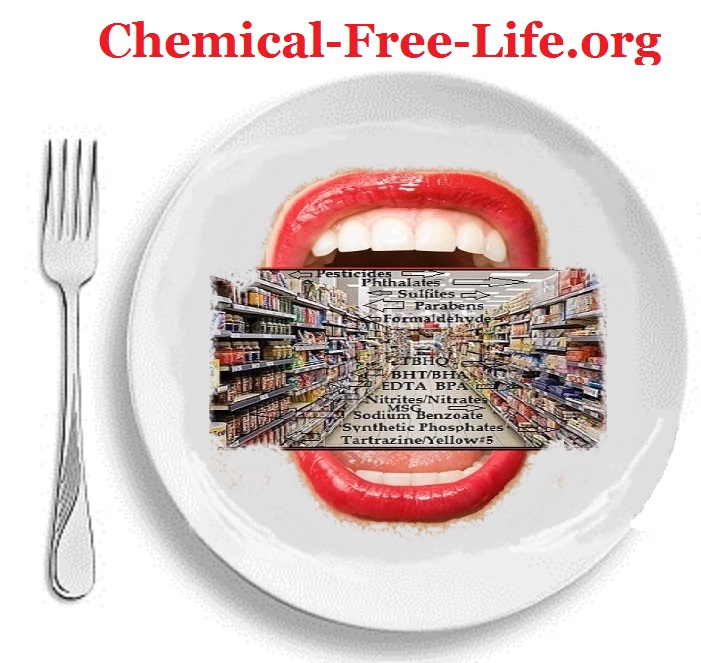Scientific research on the safety of the ingredients found in vape liquids has been going on for the past decade. There is still a lot to be uncovered about the effects of additives in vapes, as well as the combined effects of those additives. Here are some highlights from what we know so far:
–
Additives in vape liquids
“Ingredients include nicotine, flavoring chemicals, and the liquids that carry them – primarily propylene glycol and glycerine.
Concerningly, we also find volatile organic compounds (VOCs), particulate matter and carcinogens (agents that can cause cancer), many of which we know are harmful.
Our previous research also found 2-chlorophenol in about half of e-liquids users buy to top-up re-fillable e-cigarettes. This is one example of a chemical with no valid reason to be there. Globally, it’s classified as “harmful if inhaled”. Its presence is likely due to contamination during manufacturing.
Aside from their ingredients, the materials e-cigarette devices are made from can also end up in our bodies.
–
And toxic heavy metals
Toxic metals and related substances such as arsenic, lead, chromium and nickel can be detected in both e-liquids and vapers’ urine, saliva and blood.
These substances can pose serious health risks (such as being carcinogenic). They can leach from several parts of an e-cigarette, including the heating coil, wires and soldered joints.
Additionally, the process of heating e-liquids to create an inhalable aerosol also changes their chemical make-up to produce degradation products.
These include:
- formaldehyde (a substance used to embalm dead bodies)
- acetaldehyde (a key substance that contributes to a hangover after drinking alcohol)
- acrolein (used as a chemical weapon in the first world war and now used as a herbicide).
These chemicals are often detected in e-cigarette samples. However due to different devices and how the samples are collected, the levels measured vary widely between studies.
–
What else consumers do not know
Nicotine concentration of e-liquids is often quite different to what is on the label, and “nicotine-free” e-liquids often contain nicotine.
Products are also labelled with generic flavor names such as “berry” or “tobacco”. But there is no way for a user to know what chemicals have been added to make those “berry” or “tobacco” flavors or the changes in these chemicals that may occur with heating and/or interacting with other ingredients and the device components. “Berry” flavor alone could be made from more than 35 different chemicals.
Flavoring chemicals may be “food grade” or classified as safe-to-eat. However, mixing them into e-liquids, heating and inhaling them is a very different type of exposure, compared to eating them.
One example is benzaldehyde (an almond flavoring). When this is inhaled, it impairs the immune function of lung cells. This could potentially reduce a vaper’s ability to deal with other inhaled toxins, or respiratory infections.”
–
–
Dev


